Production measurement technology: Practical examples presented in 16 lectures
22 international speakers and Bruker Alicona experts offer 16 interactive presentations on production measurement technology in practice, focusing on
- modern trends in machining
- newer processes, e.g. additive manufacturing
- automated production processes uniting robotics, artificial intelligence (AI) and metrology
Find all lectures at a glance:
Round Table: Additive Manufacturing - Trends, strategies & visions
New measurement methods make new manufacturing technologies measurable
Accuracy and usability of the µCMM coordinate measuring machine
A short ABC of standards in measurement technology
Smoothing, polishing, rounding, deburring – how metrology increases efficiency
Artificial intelligence creates new possibilities
Towards uncertainty evaluation with optical coordinate metrology
The answers of metrology for digitalization & industry 4.0
Optimization of manufacturing processes through optical measurement technology
EDM or laser? How to achieve the highest possible precision and efficiency in manufacturing
What is the ideal measurement technology in laser drilling?
Humans, robots and measurement technology: Cobots!
Higher efficiency, better product quality & function prediction in micro gearing
What makes for efficient production in tool making?
Evaluating press-fit zones metrologically
How metrology can enable physics-based analysis of material behavior
Round Table: Additive Manufacturing - trends, strategies & visions
No other manufacturing process has shaken up the existing technology landscape in recent years like additive manufacturing. Its advantages range from the production of complex single parts with many freeform surfaces and customized applications to individually designed components. But some questions remain, e.g. what else needs to be done in additive manufacturing, and what are current research activities? Watch the Round Table with Robin Day, Fraunhofer Institute for Production Technology (Germany), James Hunt, Advanced Manufacturing Research Center (AMRC, UK), and Henry Greenhalgh, HiETA Technologies (UK).
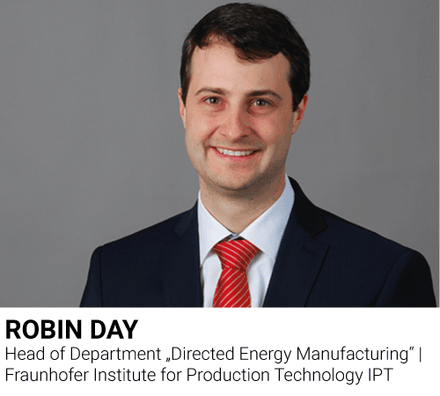

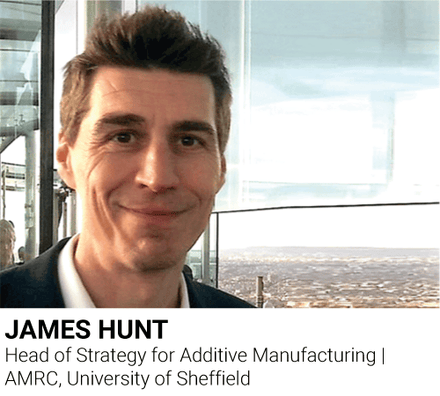
New measurement methods make new manufacturing technologies measurable
The development and optimization of new technologies for production of components with tolerances in the single-digit µm range is one of the core activities of MIFHySTO, a facility at FEMTO-ST research institute in Besançon, France. Michael Fontaine´s research deals with the question on how to increase machining accuracy of micromachining. He presents how optical metrology can particularly help to optimize micro EDM as well as turning and milling manufacturing processes based on 3D metrology learnings on machined surfaces and tools.
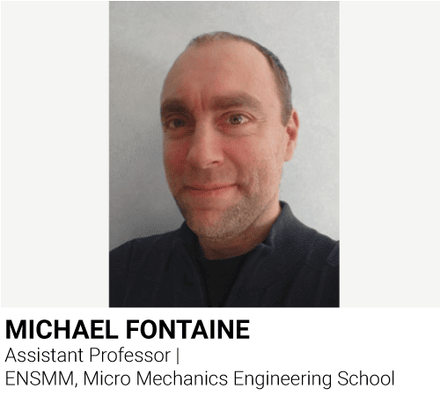
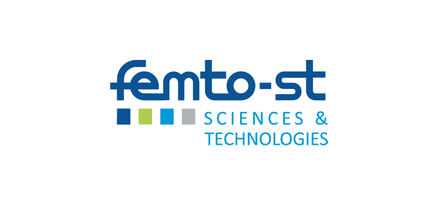
Accuracy and usability of the µCMM coordinate measuring machine
High measurement accuracy and high usability are absolute "musts" when it comes to verifying complex geometries. In this session, R&D Manager Franz Helmli presents how the Bruker Alicona optical coordinate measurement system µCMM meets these requirements. The focus of this session lies on the MetMaX operator software, which is designed for users without special metrology knowledge. This session also includes measurement planning in CAD, measurement automation, and reporting functionalities.
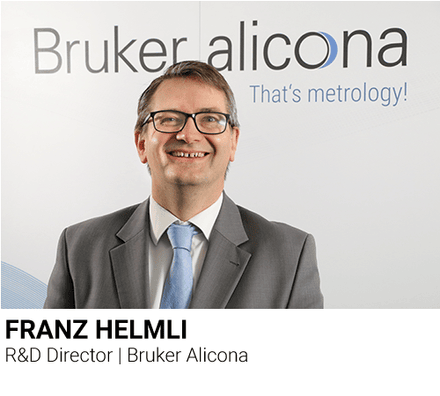
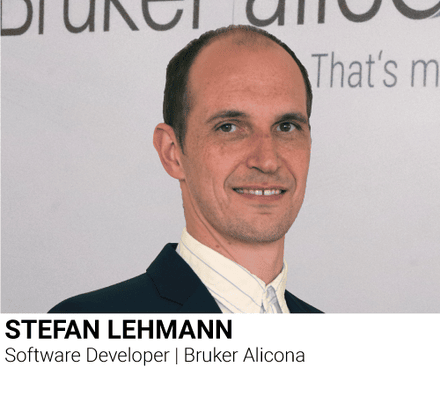
A short ABC of standards in measurement technology
Since its foundation in 2001, Bruker Alicona has been actively involved in the development and publication of international standards. R&D Manager Franz Helmli is, among others, member of the "International Organization for Standardization" (ISO) and several working groups on form and roughness measurement. In this presentation, he gives a detailed overview of the most important standards in coordinate metrology and roughness measurement, including current problems and plans for the future.

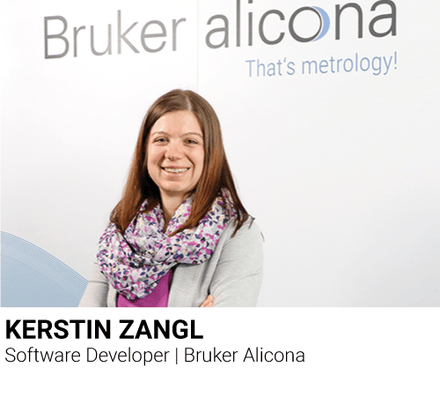
Smoothing, polishing, rounding, deburring – how does metrology increase efficiency?
Machine tool manufacturers have always aimed at producing components with perfect surface quality, ensuring the process reliability of their production strategy. Soran Jota from OTEC Präzisionsfinish management has been using Bruker Alicona's Focus-Variation for a decade. He reports first-hand how the reliability of his processing machines as well as the quality of drill components, milling cutters and gear parts have been optimized by this measurement technology.
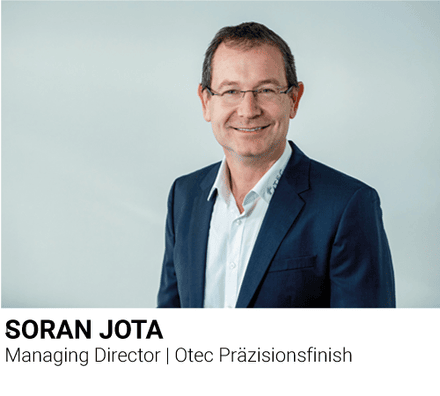
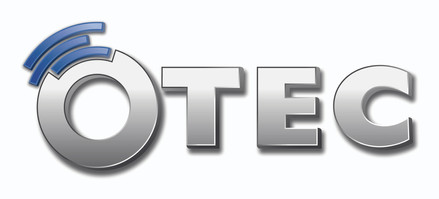
Automatic defect detection & measurement with AI
Machines learn from experience and, as a result, are able to solve the most complex problems. These decisive developments also expand the spectrum of possibilities for manufacturers of measuring equipment. In this session, Thomas Lankmair, Head of the Application Competence Center (ACC) at Bruker Alicona, shows which measurement jobs in production can be solved based on AI. He presents applications that would otherwise be difficult or impossible to solve.

Towards uncertainty evaluation with optical coordinate metrology
Coordinate metrology is mainly applied to ensure production quality. Richard Leach, Professor of Metrology at the University of Nottingham, introduces different types of coordinate metrology and focuses on the difference between traditional tactile (contact) technologies and new optical methods. Key aspects in verifying measurement accuracy are the use of standards and the role measurement uncertainty plays.

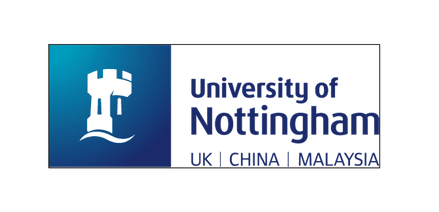
The answers of metrology for digitalization & industry 4.0
Industry 4.0, digitalization, and robotics are buzzwords in our everyday lives. What impact do these developments have on coordinate measuring technology? What is required of measuring systems to comply with highly connected manufacturing environments in the future? Bruker Alicona application expert Kevin Mathy and Thomas Lankmair, Head of the Application Competence Center (ACC) show how Bruker Alicona responds to these rapid developments and give an overview of the automation solutions available.


Optimization of manufacturing processes through optical measurement technology
Machine networking is one of the major topics at the Institute for Machine Tools at the University of Stuttgart, Germany. Here, research is dedicated to machine networking and technologies to implement self-optimizing production manufacturing strategies. One focus lies on the process control of e.g., additive-subtractive process chains with automated measurement technology. Prof. Christian Möhring describes which methods are used in milling technology to understand, e.g., wear mechanisms as well as the correlation between the workpiece surface machining and its surface condition.
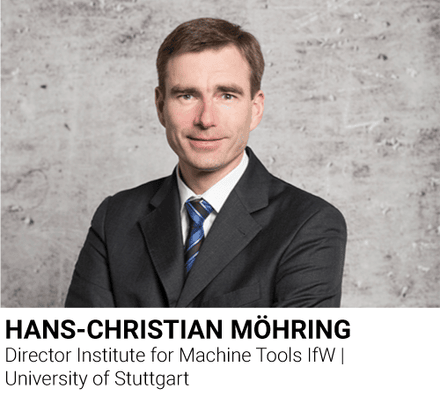

EDM or laser? How to achieve the highest possible precision and efficiency in manufacturing
It is a controversial debate in industry: Will laser processes replace EDM (Electrical Discharge Machining) technologies? Mark Raleigh from EDM Intelligent Solutions shares this opinion only to a limited extent. According to him, there are some applications where EDM is more suitable. In this interview with Bruker Alicona General Manager Christian Janko, Mark Raleigh highlights the differences and similarities between the two processes and explains the metrological challenges he sees in the quality assurance of relevant component characteristics.
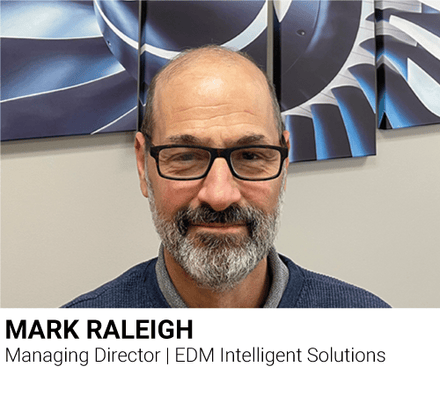

What is the ideal measurement technology in laser drilling?
DMG MORI ULTRASONIC | LASERTEC is a leading global manufacturer of machine tools which applies holistic automation and end-to-end digitalization solutions that extend the core business of turning and milling machines, advanced technologies and additive manufacturing. Martin Reisacher, Head of Research and Development, talks about their measuring equipment and the requirements it must meet. He also presents an innovation in quality assurance: The accuracy of hole measurements which is verified by using a special hole standard.
Session Language GER | Subtitles EN


Humans, robots and measurement technology: Cobots!
It's hard to imagine industrial manufacturing without cobots from Universal Robots (UR). Collaborative robotic arms come in a wide variety of designs for every conceivable application, from machine loading, welding, and gluing to palletizing. UR Business Development Manager David Scherrer presents what has made UR market leader for cobots since its foundation in 2005 and explains the philosophy behind their successful product. Furthermore, the focus will be on their cooperation with Bruker Alicona.
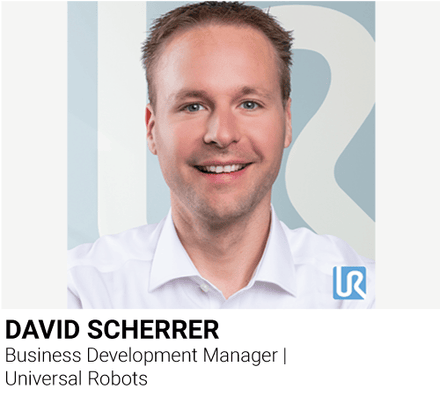

Higher efficiency, better product quality & function prediction in micro gearing
The production of micro-components with tolerances of only a few μm represents a major challenge for manufacturing. That's why the team at wbk Institute of Production Science at KIT in Karlsruhe, Germany, researches approaches for the function-oriented quality assurance of micro gears. Their vision is to implement intelligent quality control loops by integrating in-line measurement technology into production systems, which will improve product quality and increase efficiency in production. The µCMM from Bruker Alicona is used for in-line metrological acquisition during micro-gear production.
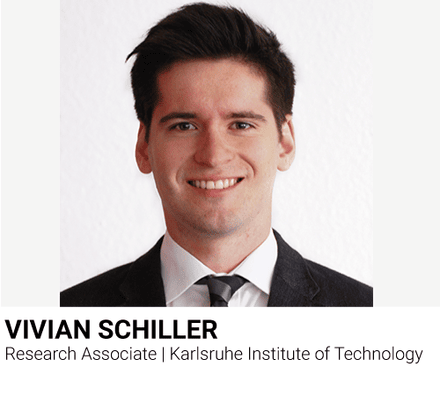
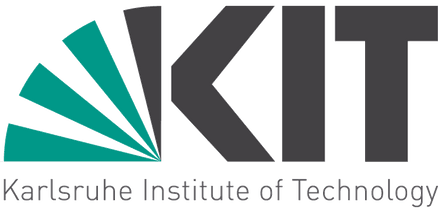
What makes for efficient production in tool making?
Reduced size and low power consumption combined with higher performance in even harsh environments are typical quality requirements for plug connections. Highest precision, verified by modern measurement technology, is therefore one of the top premises for the team at TE Connectivity. Uwe Soldner, Toolshop Manager EMEA and Steffen Schoellhammer, Toolshop Manager at the facility in Wört/Germany, talk about measurement technology and its contribution to efficiency. One aspect focuses on the multiple use of measurement processes during several phases of production.

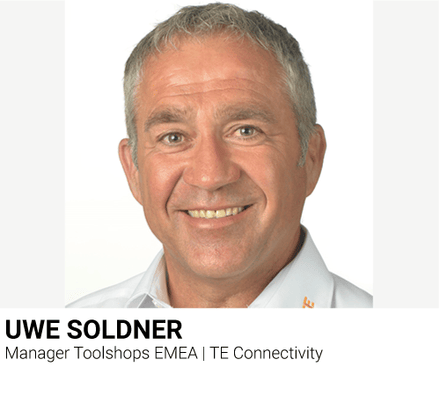

Evaluating press-fit zones metrologically
The geometry of all press-fit zones on the market is a decisive factor for a secure, stable, gas-tight and well-conducting connection. In terms of measurement, this means that complex geometric features such as edge radii or enveloping circles at certain positions or transitions must be tested. Frank Uibel, a long-time expert and business consultant in press-fit and stamping technology, talks with Bruker Alicona Sales Manager Urban Muraus about the key aspects of measuring systems and the requirements on precision, measuring speed and user-friendliness.
Session language GER | Subtitles EN
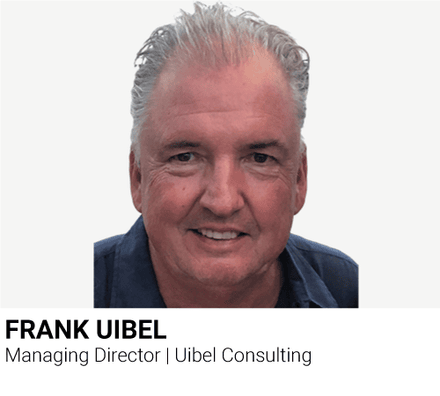

How metrology enables physics-based analysis of material behavior
Trent Woodcock, Applications Engineer at Third Wave Systems (TWS) in the US, uncovers the role of metrology in machining analysis. TWS is one of the leading Computer Aided Engineering (CAE) providers for companies that machine. Their technology helps to dramatically reduce the cost of machined components, accelerate design cycles, improve part quality, and access the market faster. Advanced metrology has enabled TWS to further understand material behavior in high stress/strain cutting scenarios. Here, Trent Woodcock presents a user case in the Aerospace and Defense industry.







